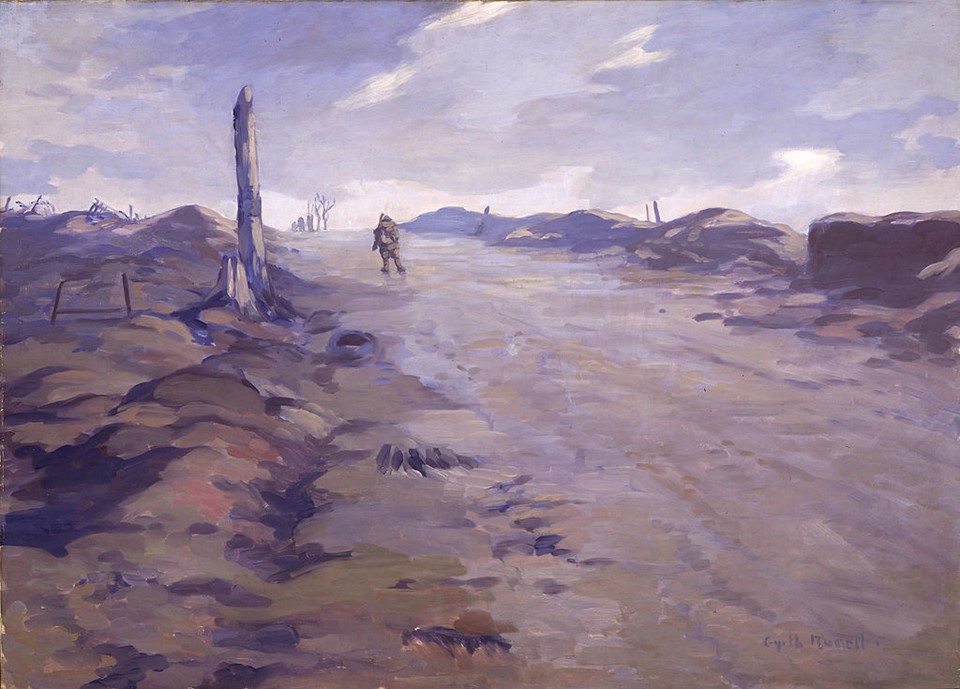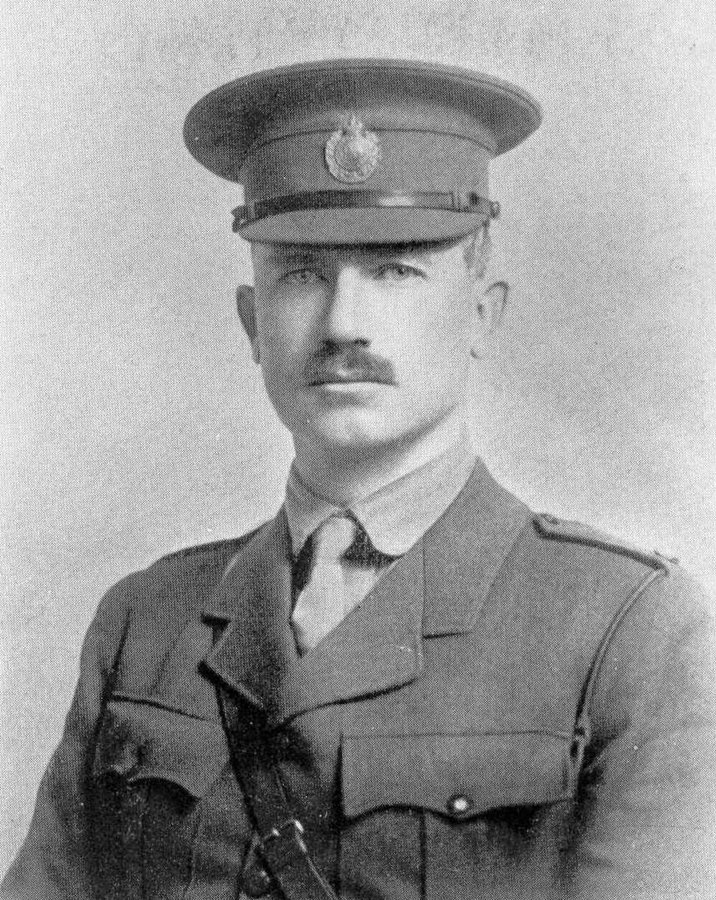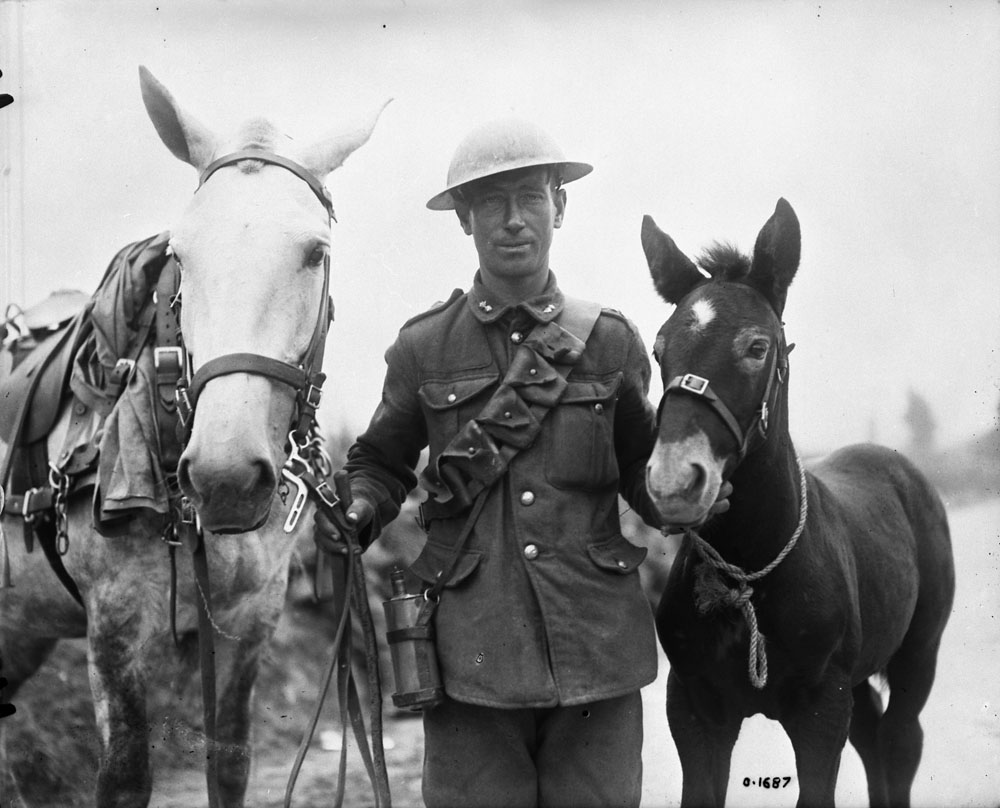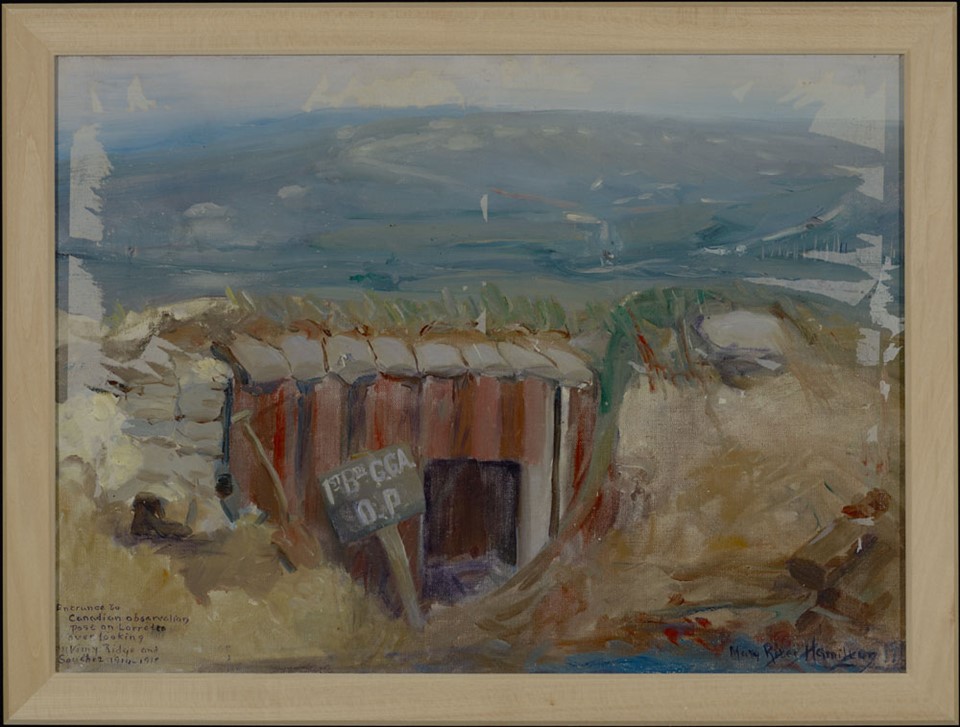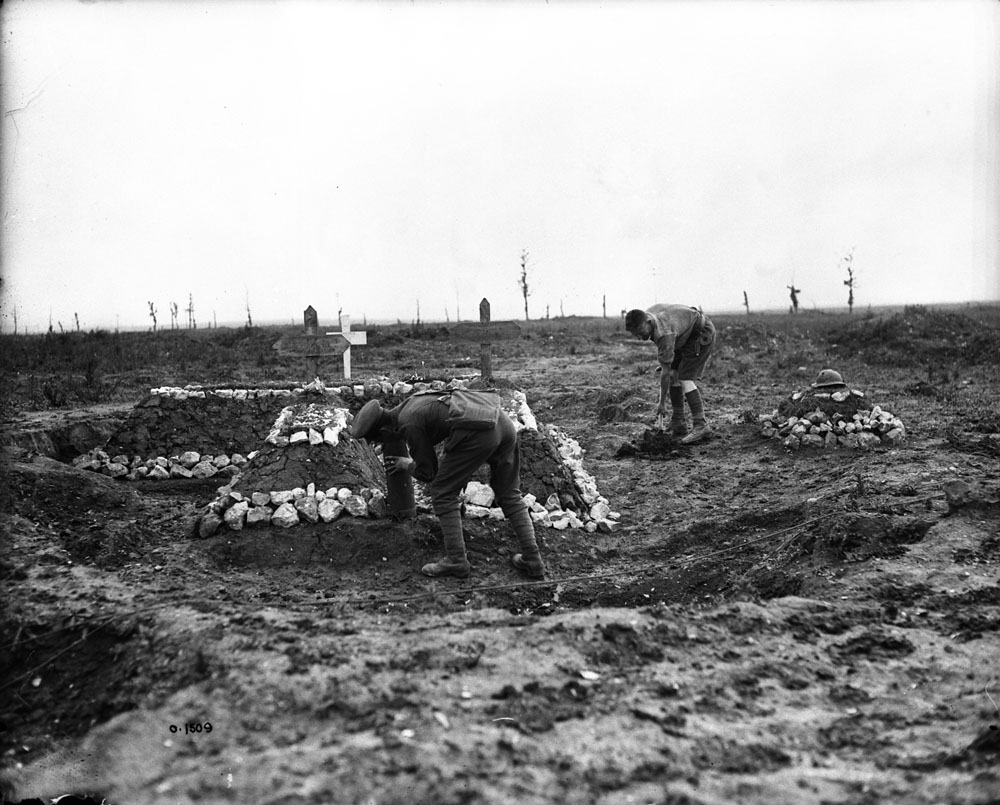The Significance of Vimy:
Myth and Truth
Myth #1:
The Battle of Vimy Ridge marks the ‘birth of a nation.’
It is impossible to pinpoint a single moment or event, which marks the birth of a continually evolving entity, like the nation of Canada. However, there are many factors in the development of Canada as a nation, including various pieces of legislation (the British North America Act, the Charter of Rights and Freedoms, etc.), historical waves of immigrants, and external forces (like the decline of the British Empire) that are arguably more important than the Battle of Vimy Ridge.
The compelling and satisfying phrase regularly applied to the Battle of Vimy Ridge, ‘birth of a nation,’ was coined by General Alexander Ross who commanded the 28th Battalion at Vimy. Ross was not only a Vimy veteran, but also a Vimy pilgrimage organizer, and national president of the Canadian Legion. He wrote this phrase for the first time in 1967 to commemorate the one-hundredth anniversary of the Confederation of Canada and the fiftieth anniversary of the Battle of Vimy Ridge.
Ross’s view of Vimy as a foundational event in Canadian history, which may or may not have been widely shared by his contemporaries, is valid. Undeniably Vimy impacted Canada’s development. However, as appealing as Ross’ phrase may be, it can be argued that the true story of Canada’s emergence as a nation is much more complex, nuanced, and broadly based.
Myth #2:
The Battle of Vimy Ridge was solely a Canadian victory.
By the time that the Canadians arrived at Vimy Ridge, the territory had already been fought over in battles that claimed 300 000 lives. To say that Vimy Ridge was solely a Canadian victory belies the influence of the British and French who fought there earlier. The French Army, who had fought at Vimy in 1914 and 1915, were ultimately unsuccessful in pushing the Germans off of the ridge but had succeeded in pushing them into a densely packed area in some parts of the Front, ideal for an artillery attack. The French, at great expense, also conquered significant territory near Vimy Ridge, which allowed the Canadians to focus on the ridge itself.
The British also contributed to the Canadian success at Vimy Ridge. The British radically altered the landscape, for better and for worse, after taking over from the French in 1916 by repairing and reinforcing the decrepit trenches, expanding the labyrinthine underground tunnel system and creating the moonscape of giant craters on the surface of the battlefield.
At the 1917 battle itself, Canadian and British artillery supported the infantry’s attack, and an entire British division fought alongside the four Canadian divisions. Finally, it is also important to remember that despite Canada’s growing independence, the Canadian Corps was a part of the British Expeditionary Force, not an independent army and as such, had to obey orders from the British General Headquarters during the Great War, including at the Battle of Vimy Ridge (see Animated Map).
Myth #3:
Innovative ideas and tactics, like the creeping barrage,
were unique to the Battle of Vimy Ridge.
In many ways, success at the Battle of Vimy Ridge exemplified the lessons that the French Army and the British Expeditionary Force had so far learned and had provided a springboard for future adaptations. Many of the tactics and ideas that are often credited to Canadians, or whose first use is credited to Canadians, were previously developed. Take, for example, the creeping barrage. The creeping barrage coordinated the artillery and infantry by having the artillery advance forward to prevent a gap between when artillery fire ceased, and the infantry began to attack the German defenders.
This tactic has widely been thought of as a critical innovation by the Canadians, who then incorporated it into their plan to successfully take Vimy. However, it was first envisioned and experimented with during the Second Boer War (1899-1902). Over a decade later at the Somme, creeping barrages were again used, although somewhat inconsistently, in an attempt to better protect attacking soldiers in the hope of reducing casualty rates.
By the end of the Great War, barrage tactics and artillery technology, on all sides, had so extensively improved (see this) that when comparing the proficiency of 1914 artillery units to those of 1918, it was like comparing a late 19th century bicycle to a relatively modern bike; to put it simply, they were in different categories.
Unit Home
Review. A Nation's Story. Rabble. Longstaff. Ghosts of Vimy. String of Successes Started.
Vimy Memorial
1936 Unveiling. Symbols + Statues. Mourning. Hitler's Respect. Walter Allward. Poppy: Moina and Anna.

